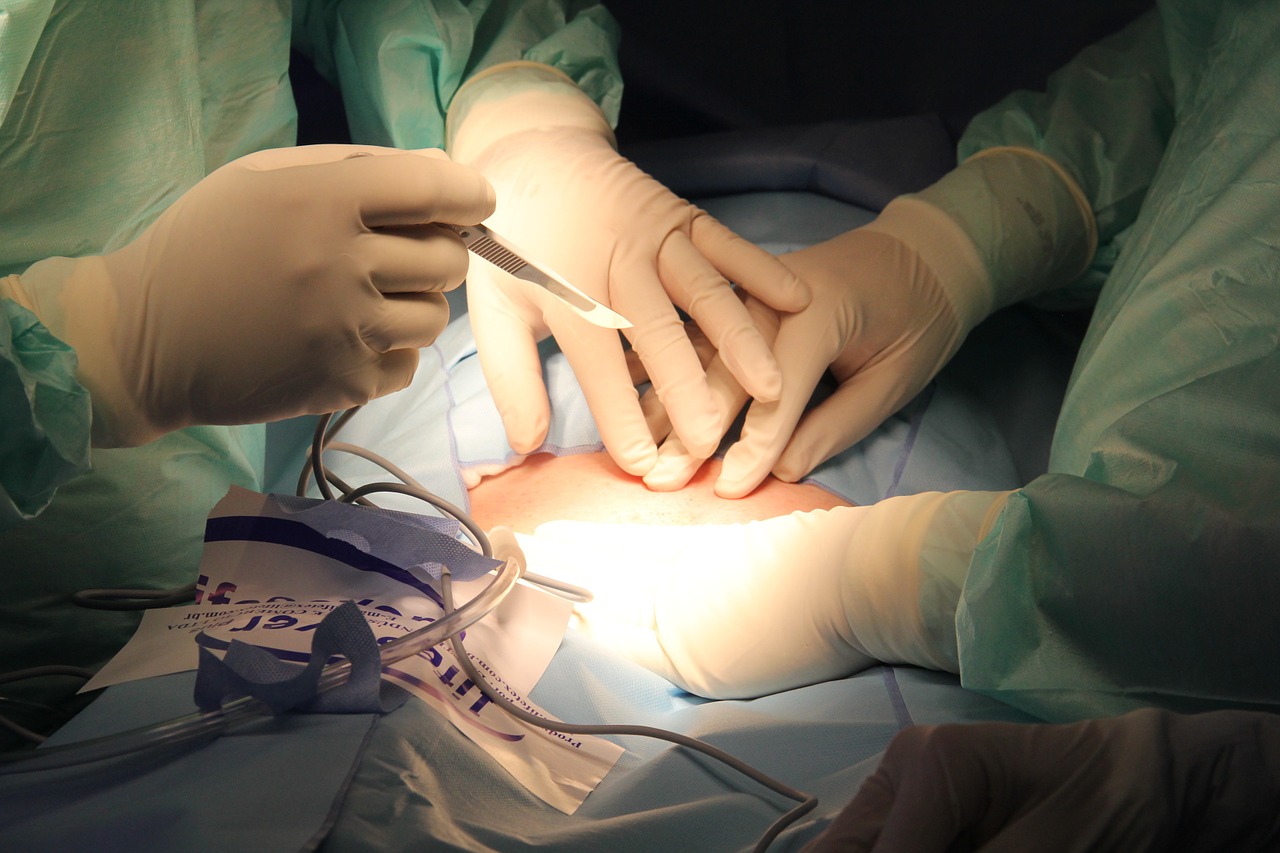
It’s the middle of March, and every 10 minutes, you are checking your email to see if you have matched in one of the most competitive specialties out there; maybe it was dermatology or radiation oncology. You can’t eat or drink. Your mouth is dry. Suddenly, you get the dreaded email- “You have not matched for the ‘blank’ specialty in the regular match.” All these years of work, and what do I have to show for it? A wave of depression sets in. You want to stick your head in the sand.
Unfortunately, every year this scenario plays out. Each year the dynamics of matching in competitive specialties becomes more challenging due to increasing numbers of medical schools/American MD graduates and stagnant American residency positions. (1) Not everyone gets their first choice of specialty during the standard NRMP initial match. Since this time of the year is about to arrive, I thought it was essential to give you some guidelines/tips on approaching the issue if you are one of these residents.
Wash That Fit of Depression Away
It is crucial to get into game mode. The SOAP process can be time-consuming and exhaustive from both an applicant’s and a program director’s perspective. But, to be a viable applicant, you need to move on. As an associate radiology residency director, one of my biggest turnoffs in the SOAP process is interviewing miserable residents that do not show a bit of enthusiasm for their new specialty choice. It is not the end of the world, and it is a sign of mental toughness and grit if you can adapt to the unique circumstances. Things don’t always go our way!!!
If you are in this situation, it is also important to remember that you are not alone. Numerous qualified medical students don’t match. Often the overall quality of the applicants is better than the initial match. So, don’t take this as a sign that you are going to make a horrible resident. It’s just not true.
Think About Your Options
Residency is a long, arduous process. So, this decision should be well thought out, and all applicants need to step back. Don’t rush into applying to a specialty if you are not convinced that you have an interest. If you are not sure, there are other options, such as applying for a transitional or prelim year and then reassessing the application during the year of residency. Only apply for the specialty of radiology if you are genuinely interested!
Most Applications In The SOAP Are From Different Specialties
We often get former applicants from matches of the most competitive specialties. Presently, these would be radiation oncology, dermatology, and some of the surgical subspecialties. For many years these specialties are entirely matched with no slack. So, your two choices are to reapply another year after completing a year of preliminary medicine or surgical internship. Or, you can change specialties entirely. You take a risk either way. If you reapply, you may not match the following year unless there is a significant change in your credentials. On the other hand, if you decide to match in the SOAP for another specialty such as radiology, you may be matching in an area that you may or may not genuinely interest you. You will need to make that hard choice in a very brief amount of time.
Significant self-reflection and analysis are critical at this juncture. Sometimes, the right choice is to apply to another specialty. I believe that medical schools underexpose students to many different subspecialties. Frequently, the best fit for a prospective resident is different from the specialty he/she initially applies. So, think about the possibility of applying to another specialty than you initially chose.
Don’t Fret About Application Items Not Geared To Radiology
Don’t worry if some of your recommendations, personal statements, and application are not entirely “radiology-centric.” The program directors usually understand the predicaments of the applying residents at this point. However, the applicant should develop reasons for his/her newfound interest in radiology during the interview since enthusiasm for the specialty is critical. Make sure you have a logical argument prepared for the phone or “in-person” interview for why you would be interested in radiology. It will go a long way toward securing a spot in a radiology program.
The Early Bird Gets The Worm
Joining the SOAP right away is probably one of the most critical factors in the residency SOAP match process. If you are not early in the draw, you are going to miss out on the spot. Make sure your application is submitted to your SOAP specialty of interest as early as possible. Often, we find out about outstanding candidates only out after the SOAP match ends. Don’t let that be you!!!
Try To Schedule Onsite Interviews If Possible
In the SOAP process, it is a significant advantage to match the face to the application. Although it is not always possible due to distance or other circumstances, if you are interested in a position and want to maximize your chances of acceptance during the SOAP process, an onsite interview shows your interest and ups your chances of obtaining a spot. (although not as critical in the times of Covid!) I always would rather deal with the known vs. the unknown entity. You get a better feel for the applicant, usually when he/she is sitting in front of you (or on Zoom!) rather than in a phone interview conversation. We have accepted applicants over the phone, but your chance of acceptance “in person” is higher. Try to get to the interview if possible physically.
Use Your Connections
Any connection to the SOAP match program of interest is of significant help. We value the known vs. the unknown quantity when we are looking at SOAP applicants. So, if you have any connection to the program of interest, it will give you a leg up in the process. It could be a resident you met at some point earlier in your medical school training, a former mentor, or a friend of a relative. It doesn’t matter. Any connection is often better than no relationship. Use it!!!!
This Too Shall Pass
The SOAP process is short-lived but very stressful for all parties. Applicants and programs that did not match the first try will often find a happy end to this story. Be enthusiastic, get past your depression, put time and effort into the SOAP process, and, often, the SOAP process will handsomely reward you. Don’t take it seriously, be depressed about not matching into your initial specialty, or take a lazy approach and you won’t. Good luck with the match!!!












